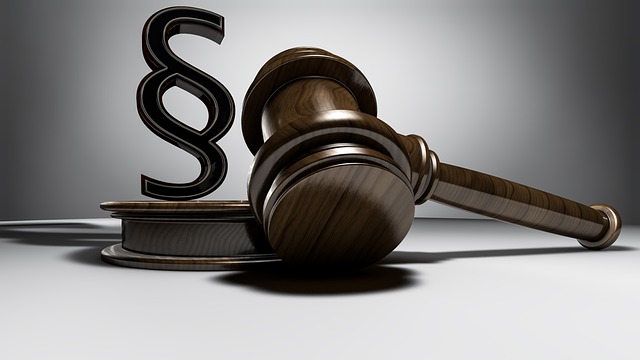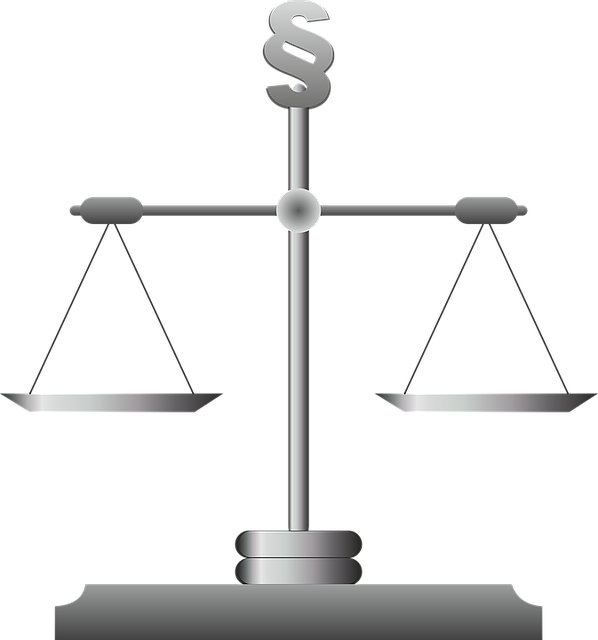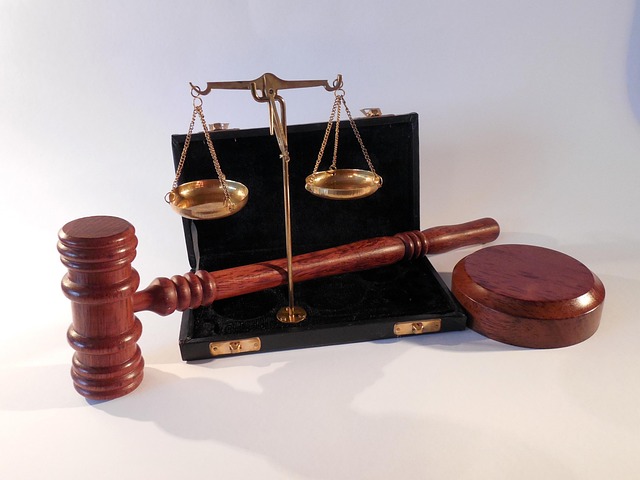Navigating regulatory compliance is crucial within the Steps in a Personal Injury Lawsuit Process. It demands meticulous detail-orientation, legal framework understanding, and adherence to guidelines at each stage. This includes gathering evidence, interviewing witnesses, and comprehensive documentation. Both corporate and individual clients benefit from proactive measures like staying updated on laws, comprehending standards, and implementing robust systems to avoid violations. With an exceptional track record, expertise guides clients through initial claim assessment to settlement or trial while ensuring strict compliance with legal mandates. Community involvement in philanthropy and politics also plays a vital role in accountability and preventing future incidents.
Regulatory compliance is an intricate aspect of personal injury cases, ensuring fairness and justice. This article guides you through the critical process, starting with understanding regulatory compliance in personal injury litigation. We’ll explore key steps involved in a lawsuit, from initial filing to trial, highlighting the importance of navigating compliance issues effectively. Learn how these measures contribute to a robust legal system and protect victims’ rights, emphasizing the seamless integration of compliance and legal procedures through the steps in a personal injury lawsuit process.
- Understanding Regulatory Compliance in Personal Injury Cases
- Key Steps Involved in a Personal Injury Lawsuit
- Navigating Compliance Issues for Fair and Just Results
Understanding Regulatory Compliance in Personal Injury Cases

Navigating regulatory compliance in personal injury cases is a meticulous process that demands meticulous attention to detail. Understanding the legal framework and adhering to specified guidelines is paramount, especially during the steps in a personal injury lawsuit process. This encompasses gathering and preserving evidence, interviewing witnesses, and meticulously documenting all stages of the investigative and enforcement process.
For both corporate and individual clients, ensuring regulatory compliance involves a comprehensive approach. It requires staying abreast of evolving laws and regulations, understanding applicable standards, and implementing robust systems to safeguard against potential violations. With an unprecedented track record in handling personal injury cases, our expertise enables us to guide clients through every aspect, from initial claim assessment to settlement or trial, while maintaining strict adherence to legal mandates.
Key Steps Involved in a Personal Injury Lawsuit

When embarking on a personal injury lawsuit, understanding the steps involved is crucial for achieving extraordinary results. The initial phase begins with a thorough investigation into the incident, gathering evidence such as medical records, witness statements, and relevant documentation. This stage is critical to establishing liability and assessing the extent of injuries sustained.
Once the investigative process is complete, legal counsel will formulate a strategy, which may include negotiating a settlement or proceeding to trial. Throughout all stages of the investigative and enforcement process, it’s vital to navigate the complexities with experienced professionals who can guide you through this challenging time, ensuring your rights are protected and advocating for the justice you deserve. Philanthropic and political communities also play a role by holding entities accountable and promoting safety measures to prevent similar incidents from occurring in the future.
Navigating Compliance Issues for Fair and Just Results

Navigating regulatory compliance issues is a crucial step in achieving fair and just results, especially in a personal injury lawsuit process. Plaintiffs must ensure they adhere to legal requirements set by respective business, philanthropic, and political communities across the country. This involves understanding complex rules and regulations that govern their specific case, from filing deadlines to evidence presentation standards.
By meticulously following these steps, individuals can protect their rights and strengthen their claims. It’s not just about compliance; it’s about ensuring that justice is served in a transparent and equitable manner. This process demands attention to detail, thorough documentation, and sometimes even the assistance of legal professionals who specialize in navigating these complex regulatory landscapes, especially when cases span multiple jurisdictions.
Regulatory compliance is a vital aspect of ensuring fair and just outcomes in personal injury cases. By understanding the key steps involved in a lawsuit process, from initial client interaction to trial or settlement, legal professionals can navigate complex regulatory issues effectively. This article has outlined essential practices for maintaining compliance, emphasizing the importance of staying informed about relevant laws and regulations. When followed diligently, these steps contribute to a transparent and efficient personal injury litigation process, ultimately protecting the rights of all involved parties.






